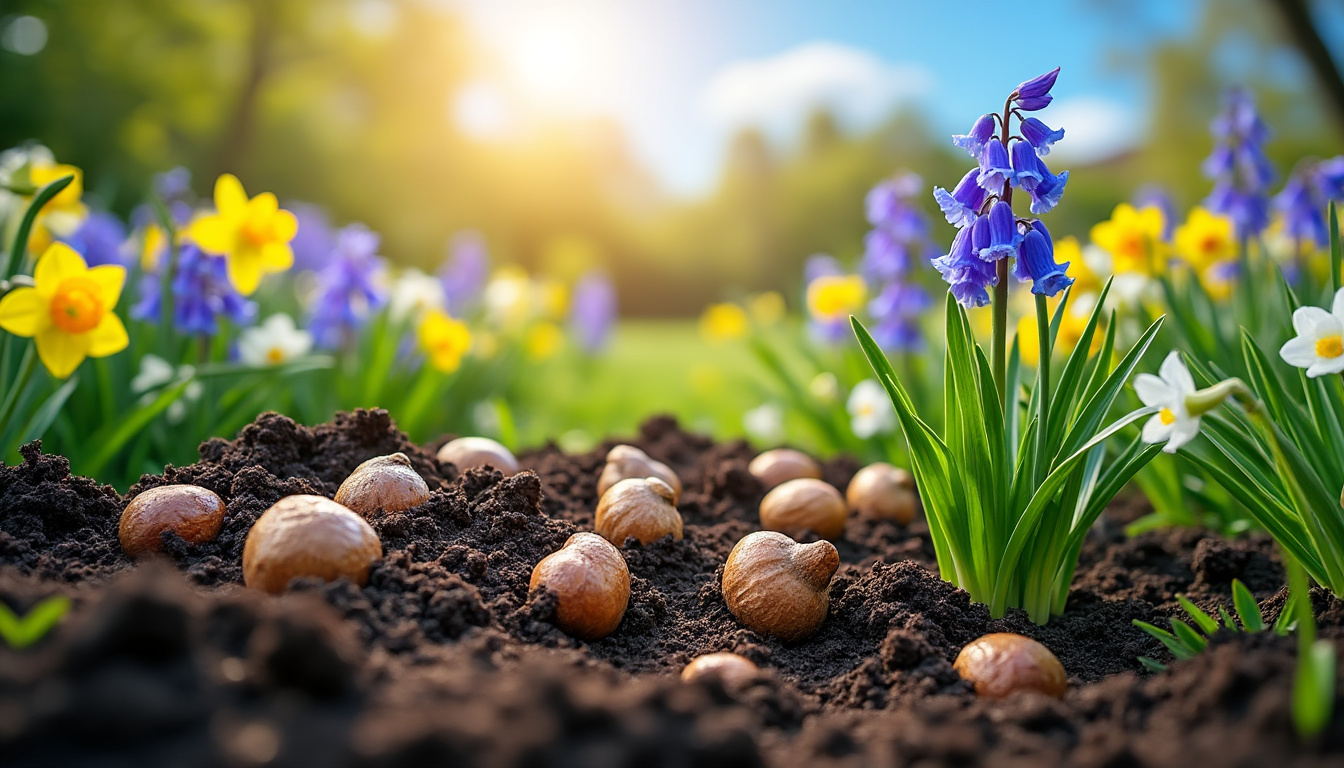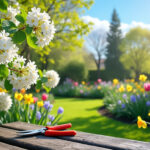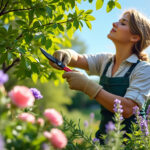Bluebells are enchanting wildflowers that bring a stunning splash of color and elegance to any garden during spring. With their delicate, bell-shaped blooms and sweet fragrance, they are a cherished addition to both woodlands and cultivated landscapes. Knowing when and how to plant these charming flowers is essential for creating a vibrant display that delights the senses. This guide offers insights into the ideal planting times, care instructions, and design ideas to maximize the beauty of bluebells in your garden.
Optimal Times for Planting Bluebells
Timing is crucial when it comes to planting bluebells, as planting them at the right moment ensures healthy growth and an abundant flowering display. The best time to plant bluebell bulbs is during the autumn months, typically from September to November. This period allows the bulbs to establish their root systems before the colder months set in. Consequently, they reward gardeners with breathtaking blooms come spring.
Bluebells: A Brief Overview
Bluebells belong to the Asparagaceae family, with two primary species: the English bluebell (Hyacinthoides non-scripta) and the Spanish bluebell (Hyacinthoides hispanica). Both varieties are known for their signature blue flowers, though they differ in fragrance, structure, and growth habits. The English bluebell features nodding blooms and is notable for its delightful fragrance, while the Spanish bluebell displays upright flowers with lesser scent.
| Characteristic | English Bluebell | Spanish Bluebell |
|---|---|---|
| Scientific Name | Hyacinthoides non-scripta | Hyacinthoides hispanica |
| Flower Structure | Nodding, bell-shaped blooms | Upright blooms |
| Fragrance | Sweet, fragrant | Little to no scent |
| Growth Habit | Forms dense colonies | More vigorous and adaptable |
| Native Status | Protected species in the UK | Less stringent protections |
Essential Steps for Planting Bluebells
To achieve a flourishing display of bluebells, careful attention must be paid to planting techniques and conditions. Following the guidelines below can ensure your bluebells emerge beautifully.
Choosing the Right Location
Bluebells thrive in partial shade, making spots beneath deciduous trees ideal for their growth. This environment will provide them with sunlight during spring before the tree canopy becomes fully developed. The soil should be well-draining and enriched with organic matter to support healthy growth.
Planting Guidelines
For effective planting, dig holes approximately 4-5 inches deep, positioning the pointed end of each bulb upwards. To create a naturalized look, space the bulbs around 4-6 inches apart. Thoroughly water the area post-planting to help establish the roots.
Caring for Bluebells After Planting
Once bluebells are established, they require minimal care, making them an excellent choice for busy gardeners. However, ensuring their healthy development involves some basic maintenance tips.
Watering and Fertilization
Keeping the soil slightly moist during the growing season, especially in dry periods, is essential for bluebell health. While they generally do not require fertilizer, a light application of compost in early spring can enhance their growth.
Post-Bloom Care Strategies
After flowering, it’s crucial to allow the foliage to die back naturally. This process helps the bulbs store the necessary energy for the next blooming season. Additionally, if clumps become overcrowded, dividing them every 3-5 years can boost growth and vitality.
When to plant out sweet peas for the best results
Creative Design Ideas Featuring Bluebells
Bluebells offer versatility in garden design, making them suitable for various planting schemes. Here are a few creative ways to incorporate these graceful flowers into the landscape.
Creating Woodland Gardens
Planting bluebells under trees creates a magical woodland retreat. Their naturalization effect enhances the aesthetic, providing a stunning visual delight as they bloom in unison.
Enhancing Borders and Pathways
Using bluebells along garden borders or pathways adds color and charm, inviting visitors into the garden with their captivating hues.
Incorporating Containers
Growing bluebells in pots can introduce a portable burst of spring color, allowing for flexibility in garden arrangement. Ensuring good drainage and rich, moist soil will promote healthy growth in containers.
Frequently Asked Questions About Bluebells
When do bluebells bloom?
Bluebells typically bloom in mid to late spring, usually from April to May.
Can bluebells thrive in full sun?
While bluebells prefer partial shade, they can tolerate full sun if the soil remains moist.
Are bluebells perennial?
Yes, bluebells are perennial plants, returning annually with proper care.
How do I encourage bluebells to spread?
Bluebells naturally spread through seed and bulb offsets; allow foliage to die back for optimal energy storage.
Are bluebells toxic to pets?
Yes, all parts of bluebells are toxic if ingested by pets or humans. It’s essential to keep an eye on curious animals in the garden.








